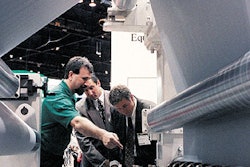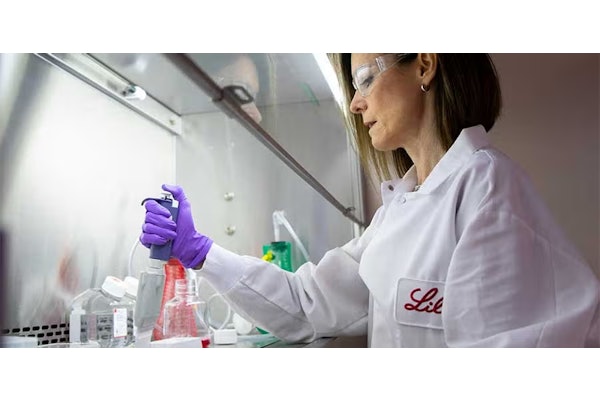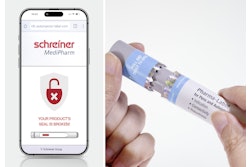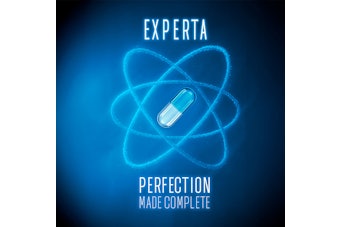Smart packaging in drug development: The disconnect in clinical trials
Electronic compliance monitoring packaging has been around for years, yet many pharmaceutical companies are unable to quantify the return on investment of smart packaging.
Jan 20, 2007
Sustainable Healthcare Packaging Solutions That Work
Industry leaders share proven strategies for reducing packaging emissions by up to 70% while meeting safety and regulatory requirements.
Read More
List: Digitalization Companies From PACK EXPO
Looking for CPG-focused digital transformation solutions? Download our editor-curated list from PACK EXPO featuring top companies offering warehouse management, ERP, digital twin, and MES software with supply chain visibility and analytics capabilities—all tailored specifically for CPG operations.
Download Now
Downloads

















